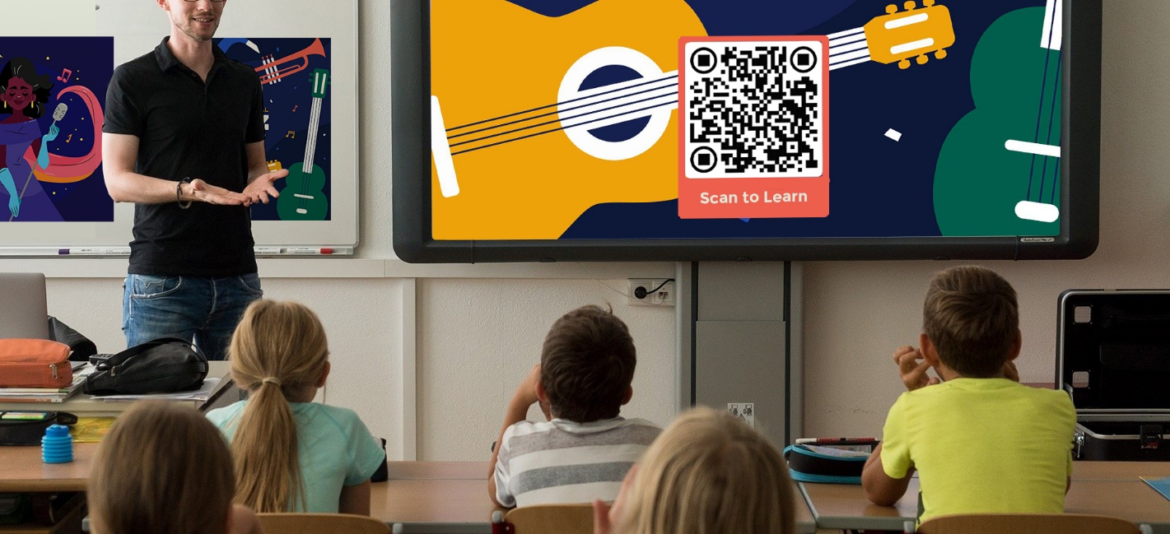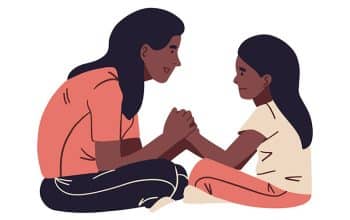SELECT THE WORDS & LEVEL
Music teachers often find it difficult to teach kids since they have short attention spans and are easily distracted, but learning with QR codes can make it more fun.
With a QR code generator, music teachers can create a more engaging experience for kids by maximizing all learning styles: auditory, visual, and kinesthetic.
This creates a more holistic learning experience for kids, which can help them better retain the music knowledge they receive from childhood.
For teachers, it’s also an avenue to keep their pupils focused on lessons, especially amid remote and online learning difficulties.
For example, some music classrooms use a video QR code to introduce historical figures and their notable contributions to music.
This catches kids’ attention way better than simply lecturing them about it.
If you want to make learning more fun for kids, here are some ways to do it using QR codes.
QR codes for ti-tika
The basics of music learning are ti-tika, tika-tika, ta-a, ta, ti-ti, and rest.
Essentially, these are rhythmic flashcards to help students stay in the beat in the many time signatures of songs.
With QR codes in Rhythm Intervention Binder for Ta and Ti-Ti, students can independently learn how it should sound and how to play it.
Mastering this is crucial to developing kids’ musical talents, so students need to retain this knowledge.
Making it fun and interactive with QR codes can help teachers fulfill this duty with less difficulty.
QR codes for group activities
One of the most effective facets of learning for kids is mixing studying and playing.
Hosting group activities where kids can practice their ears for music while still having a blast with the teacher and their classmates.
QR code match from Lauren Summa at Rhythm and Blues lets the student match the note symbol to the note name of the QR code symbol.
Scanning the code leads to an amusing GIF, picture, or video, further motivating the kids to participate.
QR codes for identifying instruments
Musical instruments are categorized into groups or families according to how they make a sound.
Each instrument is unique and has an exciting background of each one invented, its notable players, its popularity across the globe, and more.
Simply place a QR code on these instruments to provide all this information.
Students can find a website that lists all these details; however, it can be more effective if they learn through a video.
Link the QR codes to a video that the school produced or any video on YouTube.
This way, you can secure students’ online content and prevent them from watching inappropriate content by letting them scroll on their own.
QR codes for bulletin board
Teaching kids can also mean constantly communicating with their parents or guardians to guarantee their learning at home.
A QR code containing the progress and milestones of their kids can help parents monitor their kids’ growth in music.
Even little progress is a win—singing or performing videos, recitals, new compositions, and knowledge of musical instruments, among others.
This encourages interactive learning among the teacher, student, and parent.
Ultimately, it’s a win for the kids because they can learn even outside the four walls of their music classrooms.
Make music learning more fun with QR codes
Music is one of the most fun subjects to learn, so share this fun with students, too!
Using a QR code generator gives teachers many fun possibilities thanks to its versatility and applications.
With features such as adding logos, customizing colors, and editing links, QRTIGER, the best QR code generator online software, is the one to trust.
Go to QRTIGER today and make music learning more fun!




